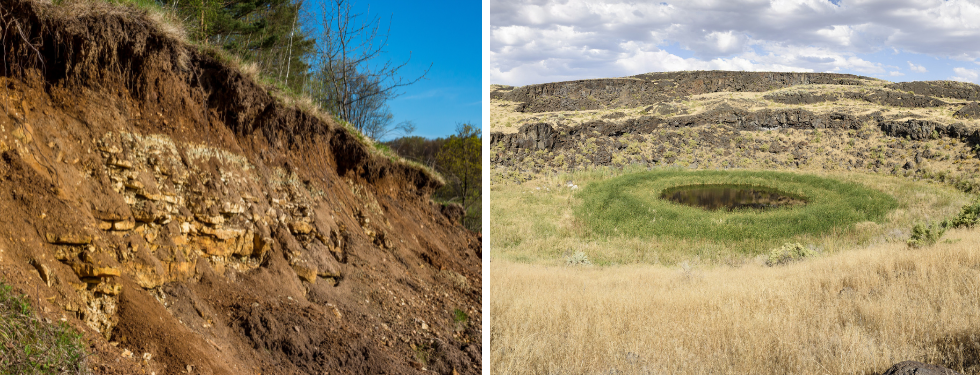Evolution of Quaternary Landscapes

Reconstruction of the long-term evolution of the continental environments during Pleistocene and Holocene in relation to glacial/interglacial cycles and environmental changes. The ancient landforms are recognized and analyzed through remote sensing, detailed DEMs (i.e. LiDAR data) and field survey.
The research mainly considers Alpine landforms, alluvial and coastal plains, where the investigated features span from local (e.g. moraine ridges, paleochannels, cave systems) to regional scale (i.e. Alpine valleys, megafans).
The deposits and the soils forming the landforms are investigated trough outcrop analyses, pedological investigations and shallow hand augering. Long mechanical boreholes, up the hundreds of meters of depth, are analyzed for studying the whole Holocene and/or Upper and Middle Pleistocene. Cave sediments and speleothems are also studied for interpreting landscape evolution. Aiming at regional and global correlations, the group collaborates with several institutions for radiocarbon and U-Th dating, palynology, paleomagnetism and cosomogenic isotopes for erosion rates and burial ages.
Professors coordinating and developing projects related to this research pathway: Alvise Finotello, Alessandro Fontana, Paolo Mozzi, Cristiano Nicosia, Francesco Sauro





